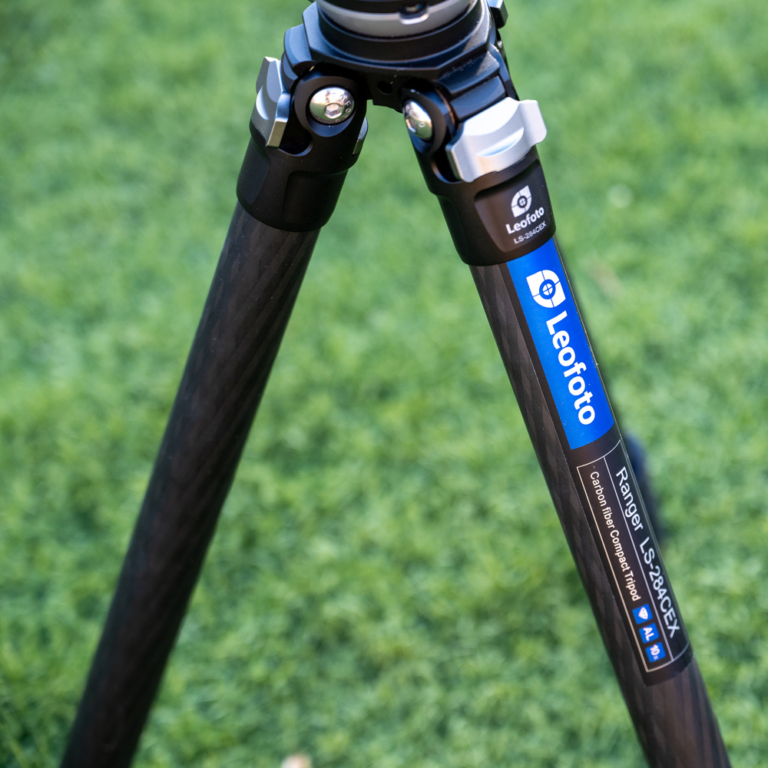Tripods are an invaluable tool for travel and landscape photography, and there are countless models to choose from. I’ve tested many over the years but found that a specific size and style just fit me best. This review will look at my last year using the Leofoto LS-284CEX and LH-36 head.
The LS-284CEX Tripod
The Leofoto LS-284CEX is a compact tripod weighing 2.93 lbs and having a folded length of 21″. While not as tiny as some of the dedicated travel tripod designs like the ubiquitous Peak Design model, it offers a number of benefits that those specialty designs often can’t match, such as a leveling base and cross-compatibility with regular tripod heads.
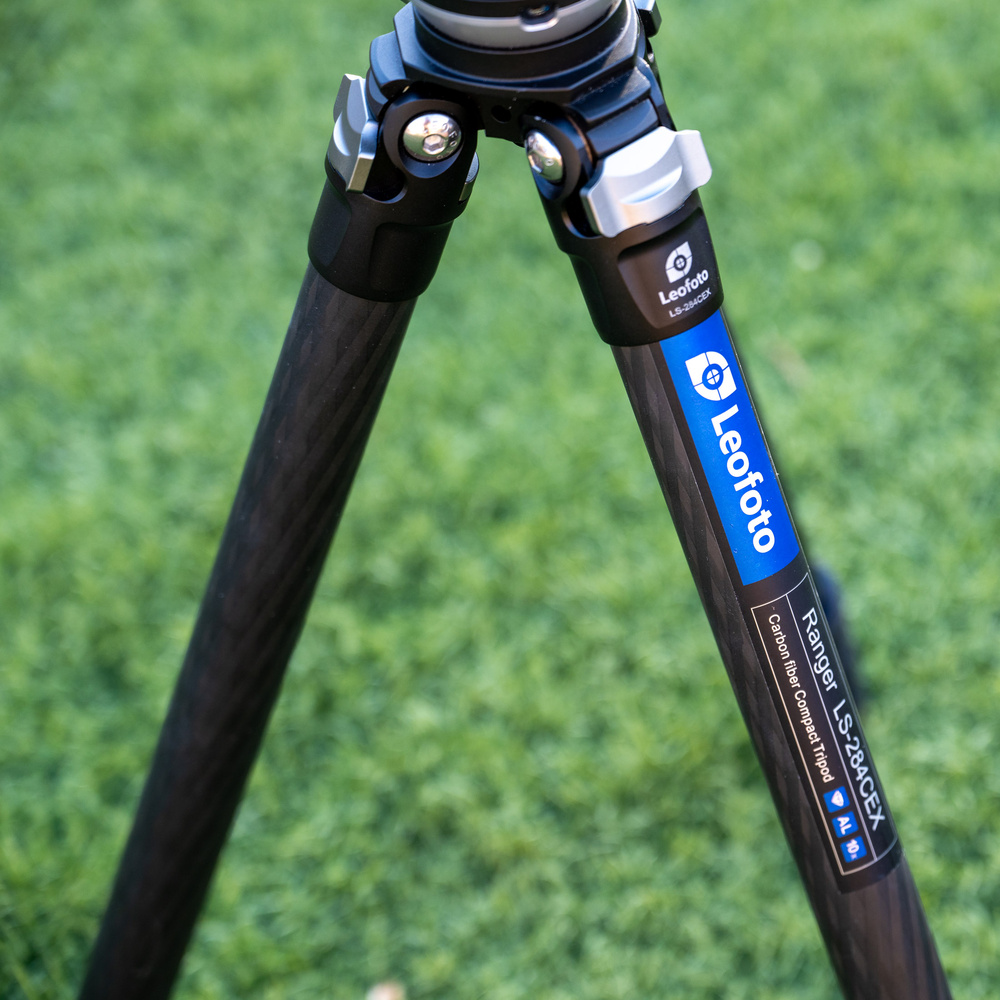
Tripods are always a balancing act between size, mass, carrying capacity, and stability in use. There’s just no getting around the physics of a larger and heavier tripod offering a more stable platform. Like camera bags, I think most photographers will find that they need at least two models if they shoot a range of work: a larger tripod for studio use or use with heavy and long lenses, along with a more compact model when working with sub-200 mm lenses.
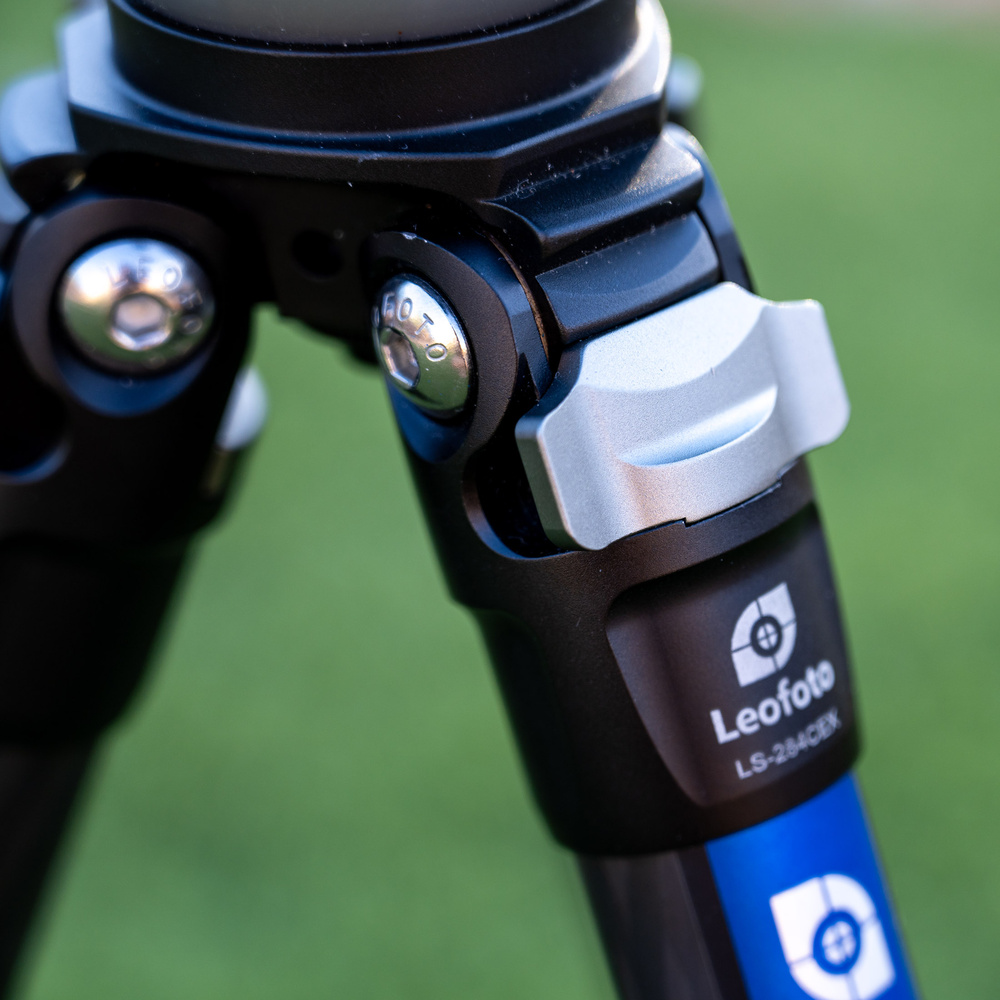
The LS-284CEX is quite light, thanks to the use of 10-layer, 100% carbon fiber tubes and aluminum alloy fixtures. The tubes are 28 mm, 25 mm, 22 mm, and 19 mm, yielding a 4-section tripod that can reach a max height of 58″, which is plenty high for travel and landscape applications. The tripod can also get low, to just 3″, thanks to leg locks that allow for 25, 55, and 85-degree spreads on the legs.

Twist-style locks secure the legs, and these are very easy to operate with just one hand, deploying quickly. The sections all deploy and collapse smoothly, even after a year of use and exposure to sand and dust.
The branding is clean and subtle, with just a silk-screened logo and sticker on the leg.
At the top of the tripod, a small lever operates the leveling base. This mechanism uses a captive locking lever to easily maneuver around the tripod head and dial in the right amount of tension, and it’s a big quality-of-life upgrade over a fixed knob.
That leveling base, common on larger tripods, really comes in handy when shooting panoramas and on uneven ground. It allows you to zero out the top of the tripod before introducing any change on the tripod head itself, letting you get smooth panning or easy use of motorized tracking for astrophotography.
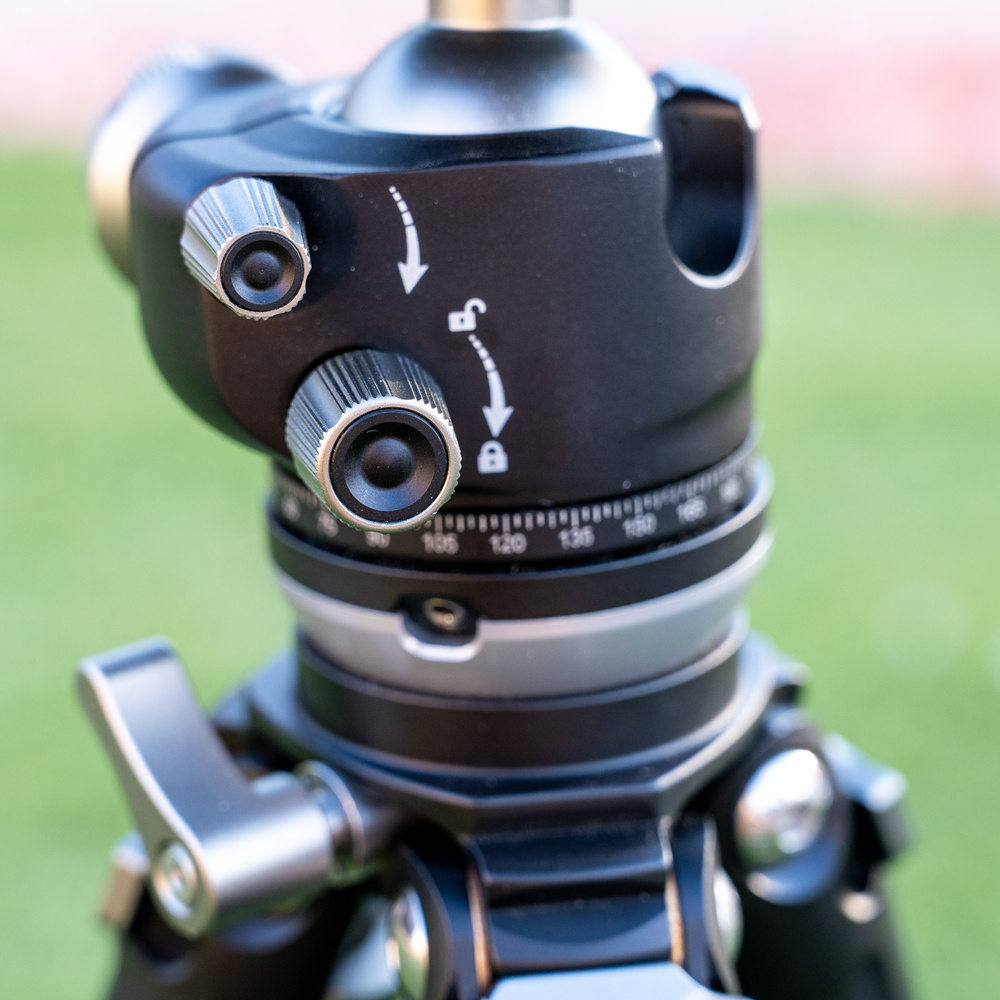
Overall, the tripod legs are just a really solid pairing with modern mirrorless cameras and mid-size lenses. I’ve used my 70-200 mm f/2.8 lens and exacting high-resolution modes all without problems. While fewer leg sections are always better for tripods, 4 sections on a tripod this solidly built aren’t unreasonable (plus, the reduced size makes it more likely for me to actually bring this along on a hike or trip, compared to bulkier 3-section tripods).
The LH-36 Tripod Head
When I picked up this tripod, it came as a kit paired with Leofoto’s LH-36 tripod head. This compact ball head uses a screw-clamp Arca-Swiss connection and offers a panning base, making it a well-specced setup for the size.
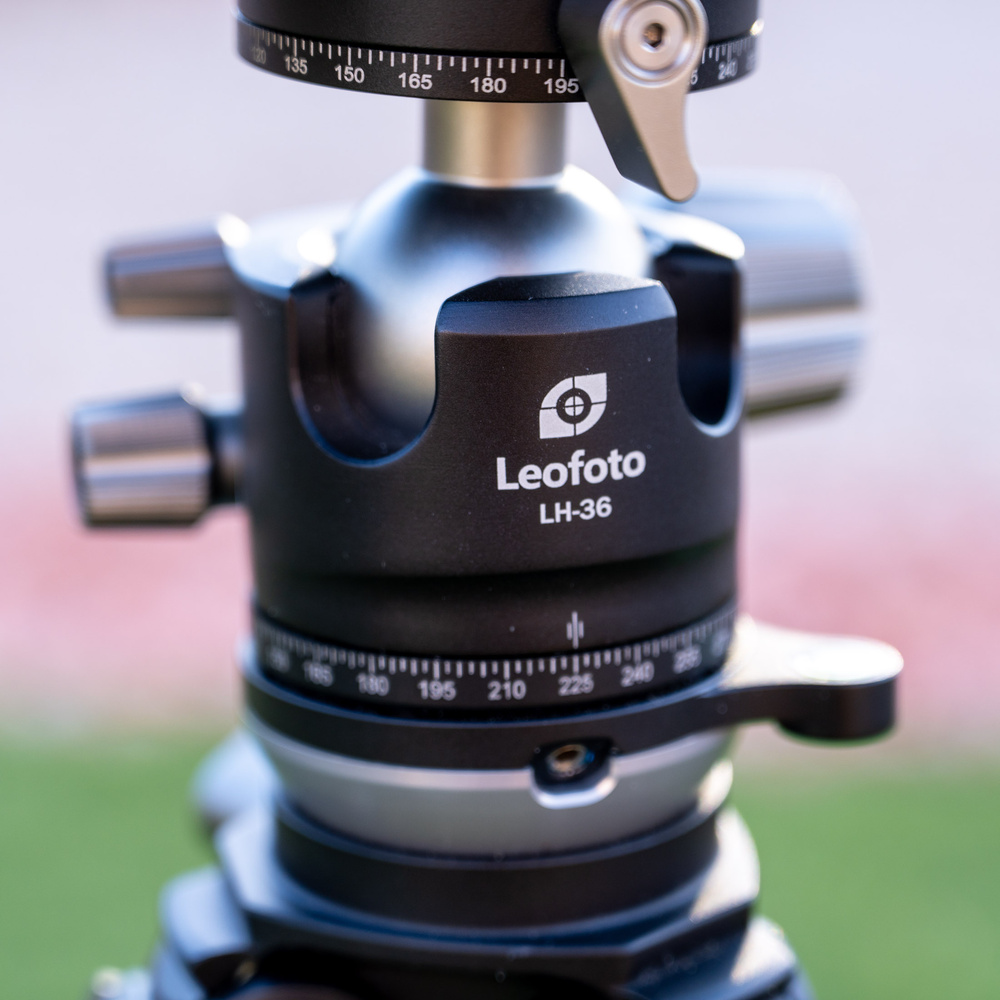
While nominally rated to 33lbs, I’ve had the best results using this head with up to a 70-200mm lens, or a large wide angle like my 12-24mm f/2.8. 30 mm ball has a decent range of travel, but can collide with some of the knobs depending on how you orient things.
For low-light operations, all the knobs have a unique shape and knurling pattern, making it easy to distinguish which control you’re operating.
Drag is adjustable, and the panning base can be easily unlocked. The panning base has 2.5-degree markings around the entire base and operates smoothly even under load. I particularly like how easy this makes shooting panoramas and ensuring accurate overlap.
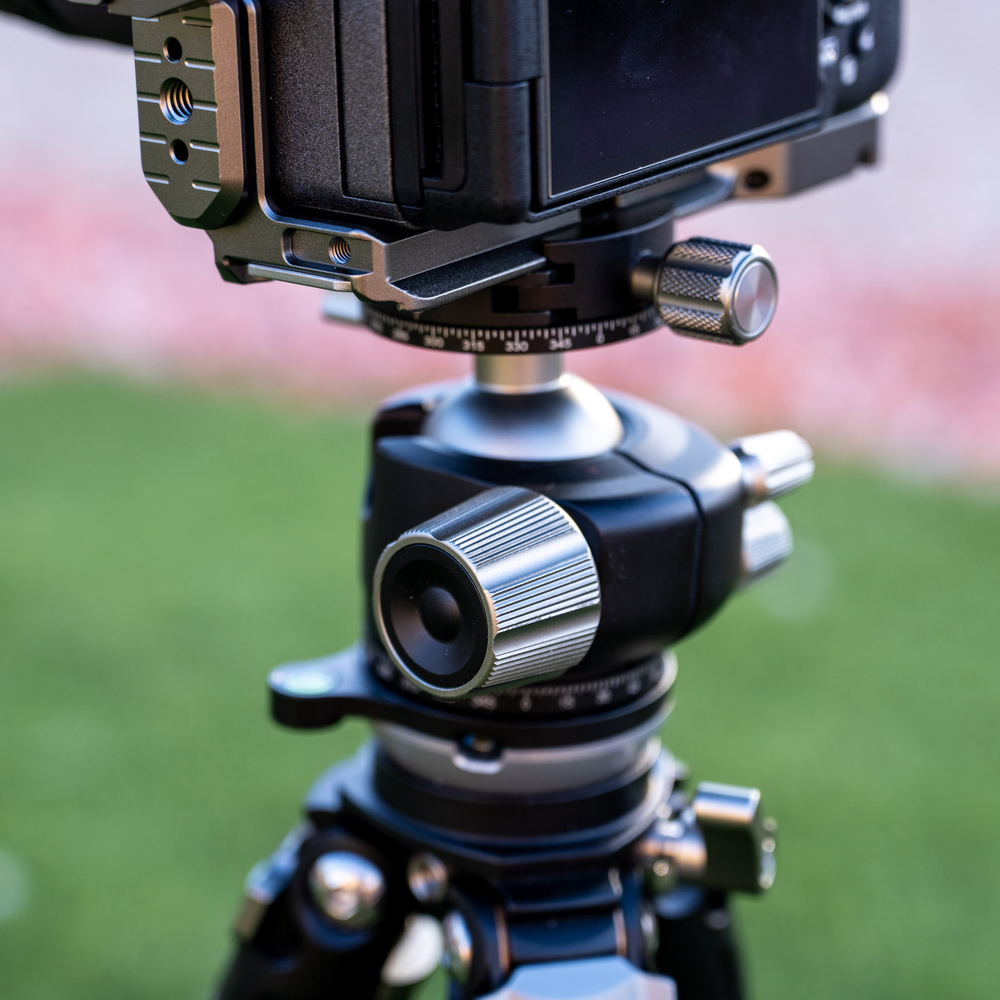
While I’ve had no issues with this tripod in the year of field use, if this tripod got lost or damaged, I’d re-buy this model in an instant. It just hits the right combination of specifications, size, and cost. I like that it doesn’t use odd leg-lock mechanisms, proprietary heads, or non-standard mounting plates. I can quickly swap between this tripod and larger models without changing my muscle memory or swapping plates. In the field, I’ve had no issues with vibrations, even when shooting in challenging conditions or pixel-peeping.
Leofoto, in the time since I purchased my tripod legs, has introduced a new X version, which appears to primarily have improved the angle stops. That model is available for purchase now from B&H. The LH-36 tripod head is still available from B&H.
What I Liked
- Excellent value for a 100% carbon fiber tripod with this level of build quality.
- Reasonable set of compromises around size, leg sections, and height/payload.
- Great quality tripod head as part of the kit.
What Could Be Improved
- A little more clearance between the panning and drag knobs would save my fingers.
